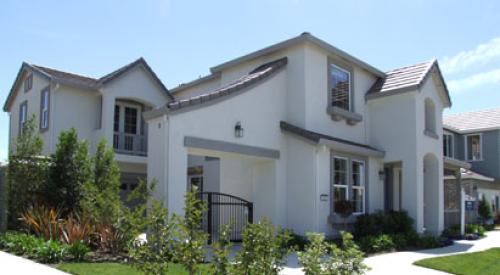Three recent surveys released by the Census Bureau all reveal unprecedented levels of household growth from 2019 through 2021, averaging between 2.0 million and 2.4 million per year compared with the 1.4-1.5 million per year pace averaged from 2017 to 2019. According to Harvard’s Joint Center for Housing Studies, adults under the age of 45 are the biggest drivers of that growth.
The number of households headed by adults between the ages of 35 and 44 grew by 400,000 per year from 2016 through 2021 after having declined by an average of 150,000 per year in 2011-2016. Undoubtedly, a surge in remote work coupled with faster wage growth and low interest rates throughout the pandemic created an ideal homebuying landscape for Millennials, who pushed their homeownership rates to new highs by 2021.
Various economic factors in 2020 and 2021 enabled many people - largely millennials - to form and head new households when they had not been able to do so for years previously. Wages were up 4.9 percent in 2021 as the unemployment rate dropped from 6.7 percent in December 2020 to 3.9 percent in December of 2021. Three rounds of stimulus payments helped adults grow savings for deposits or down payments, and the pause in student loan payments left borrowers an average of $200 per month to spend on other items. These factors seem to have enabled the release of years of pent-up demand for new households.













